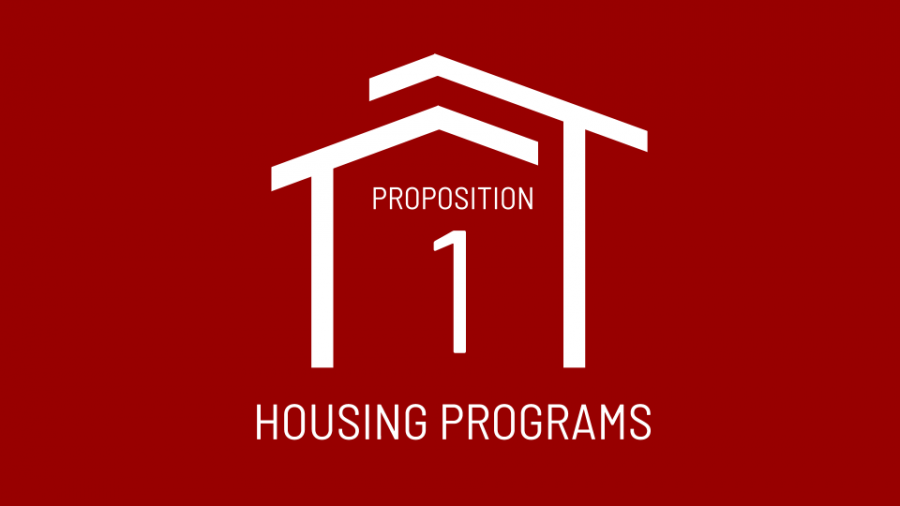What voters should know: Guide to the midterm elections
November 4, 2018
The midterm elections take place on Nov. 6, and with them come many potential changes to our local, state, and federal governments. The elections will result in the passage or rejection of new propositions, the election of a new California governor and Senator and the establishment of the majority party in Congress. In recent years, the number of midterm voters has steadily decreased over the recent years. Understanding the current political landscape is essential to increasing voter turnout.
Propositions
There are 11 propositions currently up for debate. Out of these 11, Propositions 1 to 4 pertain to where California’s bond money is being used. Proposition 1 would finance state bonds for housing programs, while Proposition 2 would allow California to take away up to $140 million per year from the Mental Health Services Act, in order to commence housing projects for mentally ill citizens who are homeless. Similarly, Proposition 3 would allow the state to dedicate almost $9 billion in state bonds toward water infrastructure, and Proposition 4 would approve spending $1.5 billion in state bonds to improve children’s hospitals.
While Propositions 1, 2, and 3 are focused on smaller communities, Propositions 6 and 7 have broader effects that affect everyone in the state. Proposition 6 would amend Senate Bill 1, which was passed in April 2017 and increased the base tax on gasoline by roughly 12 cents per gallon. Revenue from the gas tax is currently used for city projects, such as repaving roads and improving local highways and public transport. If Proposition 6 is passed, gas tax will fall back down to its previous amount, effectively halting spending of billions of tax dollars that go toward infrastructure improvements.
Proposition 7 would allow the California State Legislature to change the daylight savings time. Rejecting the proposition would mean that California would maintain its current daylight savings time. All U.S. states, except for Hawaii and Arizona, currently follow daylight savings time.
California Governor
Now that Gov. Jerry Brown has reached the end of his final term as governor of California, Democrat Gavin Newsom and Republican John Cox are in the running for the position.
Newsom’s political career began when he served as Mayor of San Francisco from 2004 to 2010. Before being elected as mayor, he sat on the San Francisco Board of Supervisors from 1998 to 2004. Newsom supports Planned Parenthood, LGBTQ+ rights, marijuana legalization and the repeal of the death penalty. As for education, Newsom believes in schools should be held accountable, meaning that they should regularly assess students’ knowledge and test teachers on their skills and qualifications. He is a firm believer in funding public schools rather than diverting funds to private schools.
Prior to his campaign for governor, Republican nominee Cox ran to become a delegate for the Democratic National Convention in 1976 and has since run for president, U.S. Senate and House of Representatives. In 1981, he began working as an accountant, then started a law firm in 1985. Cox is a strong opponent of abortion and gun control. If elected, his goals are to replead the gas tax, stop the construction of the high-speed train, and increase development in order to fix the housing crisis. His views on education include getting rid of the Department of Education and repealing the No Child Left Behind Act, which requires that all public schools receive federal funding to annually administer a statewide standardized test to all students. He also believes that schools who condone homosexuality should not receive federal funding.
As of Nov. 3rd, Newsom not only has almost $10 million more in campaigning funds, but also has a 15 point lead over Cox in the polls, indicating that Newsom is likely to win the race.
California Senator
The current race for California Senator is between California State Senator Kevin de León and U.S. Senator Dianne Feinstein.
Both Feinstein and de León are supporters of gun control laws and Medicare, although Feinstein doesn’t support Medicare to the extent that de León does. As for the issue of marijuana, de León believes in fully legalizing it, whereas Feinstein would like each state to decide their own marijuana policies.
Although the two share extremely similar views, they have different opinions of how to execute these visions. While León strongly believes that California needs a new voice and needs to step out from the sidelines, Feinstein believes that California needs someone who is good at solving problems and willing to listen and make educated decisions.
In early polls, León comes in second to Feinstein with 12 percent of votes compared to Feinstein’s 44 percent.
Congress
In the upcoming elections, all 435 House of Representative seats and 33 of the 100 Senate seats being elected upon. Of 435 seats in the House, 194 are currently held by Democrats, and 241 are held by Republicans. If the Democrats gain 23 more seats than they currently have, they will hold a majority of the positions in the House of Representatives.
Similar to the House, the Democratic and Republican parties will battle for control of the Senate. Currently, there are 51 Republicans and 49 Democrats filling up the Senate’s 100 seats. Although all 33 are up for reelection, only 13 seats have the possibility of being held by either the Democratic or Republican party. If the Democrats win two more seats than the Republicans in the midterm elections, they win control of the Senate.
In the Senate particularly, the Republicans had a limited number of uses of the budget reconciliation process, a process in which laws can be decided on a majority vote; a guaranteed win for the Republican party, considering they make up the majority of the Senate. The Republicans have used this power to enact some of their highest agenda items, such as repealing the Affordable Care Act and instating a tax bill. If Democrats win control of the Senate, they gain this power and can in similar fashion impose their highest agenda items. Not only could the Democrats impose more of their legislation, but they could also become a huge obstacle in the way of Trump’s agenda.




































































